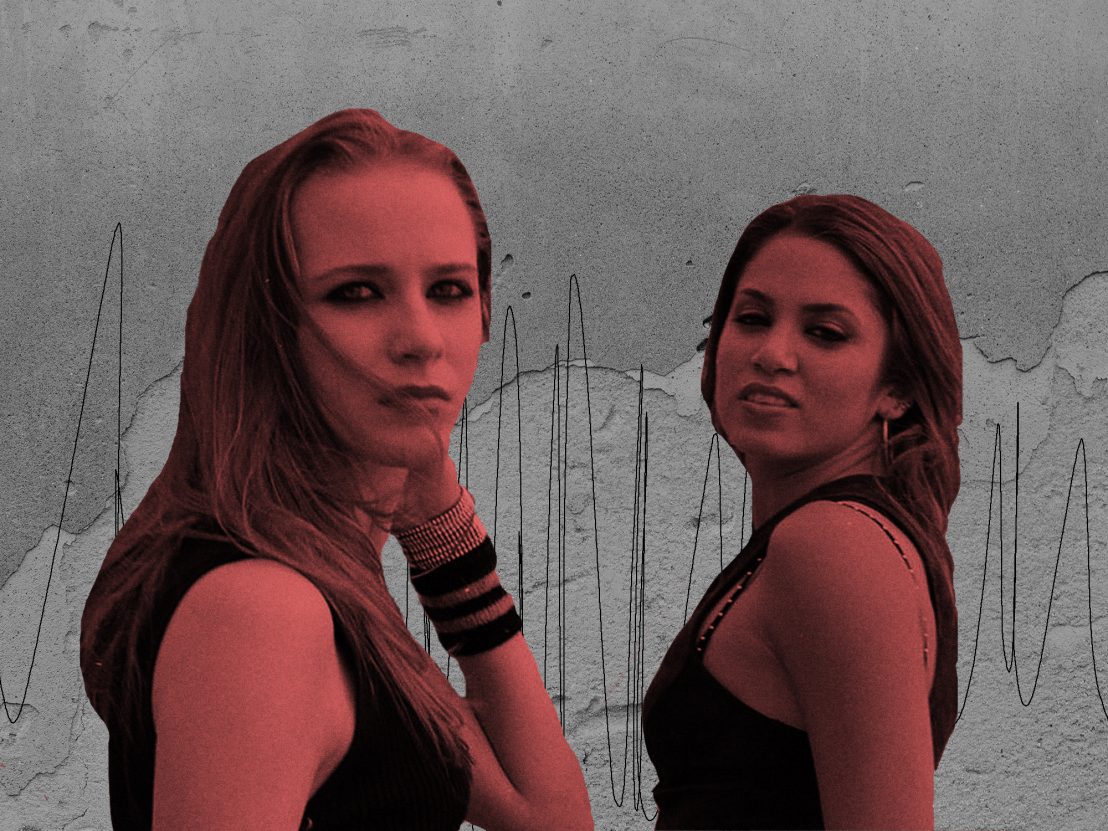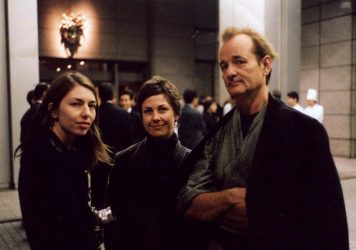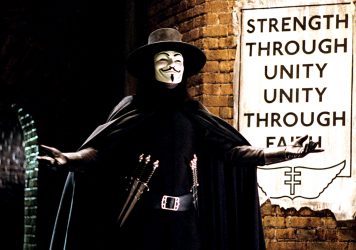
Partially inspired by the turbulent home life of one of its stars, this hard-hitting coming-of-age drama still packs a punch – even for director and co-writer Catherine Hardwicke.
Most of us purposefully ignore memories of our angsty teenage years, but some episodes are harder to forget than others. Released in 2003, Catherine Hardwicke’s Thirteen managed to capture the fiery chaos of young adulthood with a raw intensity that, much like its troubled protagonist, demanded our attention.
At its core was a powerful performance from a 14-year-old Evan Rachel Wood, dramatising a story that was itself inspired by the turbulent real-life experiences of Hardwicke’s co-writer and Wood’s co-star, Nikki Reed. While fictionalised, the relatability of Thirteen’s story struck a chord with audiences that was so strong, it continues to resonate 20 years later.
“I had the idea that this wouldn’t be shot like any high school movie; it would be shot like war photography – like you were in the middle of a battle,” says Hardwicke, remembering how she created the fly-on-the-wall feel that gives Thirteen’s argument scenes their painfully honest texture. “If somebody runs out of the room, you might follow that person into the next room or a door might get slammed on you. I wanted to shoot it like a play.”
Wood plays Tracy, a quiet teen who lives with her just-about-holding-it-together mother (Holly Hunter) in a cramped house. Tired of trying to fit in at school, she befriends local cool kid Evie (Reed) and the pair hit it off – almost too well. Soon, Evie has moved into the family home and the once child-like Tracy has transformed into an emotionally unpredictable teenager, complete with a pierced tongue, creeping drug habit and zero time for poor old mum.
“Nikki and her mother were struggling,” says Hardwicke, taking us back to the real events that inspired Thirteen. “They were having a disastrous time. She had a dark cloud over her head and hated her mother, brother and father but didn’t hate me because I wasn’t a blood relative. I was trying to be helpful, thinking ‘How can I help this kid who’s going through these dark times?’”
At the same time, Hardwicke was working as a Production Designer on films by Richard Linklater, Rachel Talalay and David O. Russell, all while trying to make the leap into directing her own features. After trying to help Reed with activities outside of the home, she quickly discovered her passion for acting and inadvertently stumbled into her first film.
“We started to write a comedy but I told her it had to be grounded. I was also volunteering at a school and watching how kids were interacting,” says Hardwicke. “It was shocking and outrageous the rude things guys would say to girls and the pressure they were put under to look good. My eyes were open to the world they were living in and what their parents were dealing with so I said to Nikki, ‘we’ve got to just write about the real thing. Forget comedy. Let’s write about what you’re really going through.’”
The pair were so close to their story, it flew out of them in just six days. However, getting the money to make it wasn’t such a speedy task. Hardwicke had no star attached and with no previous film under her belt, studios were rightfully cautious. “They said ‘Are you crazy? A 13-year-old girl’s the star, it’s going to be R-rated… it’s so dependent on execution.’”

Thankfully, their script made it to Holly Hunter, who helped secure funding. “I grabbed my little video camera, the kind with a flip-out monitor, ran over to Nikki’s house and filmed Nikki and her mom,” says Hardwicke, recalling the last-minute prep that ultimately convinced Hunter to sign on. “I was scared. She was an Academy Award winner and I’ve never directed before – but I flipped out the little video camera window and showed it to her and she said ‘I thought it was raw and real. It just felt specific.’ I think as an actress, she loved that specificity.”
Once on set, the real challenge began. Shot in a working house, Wood, Reid and Hunter stayed there for a few nights to strengthen the authenticity of their bonds. Despite Wood’s teenage outbursts feeling too intense to be faked, Hardwicke insists they were all orchestrated down to a tee and yet she was still underprepared for what was in store.
“The emotional part overwhelmed me,” she admits. In fact, there was one scene in particular that caught her off guard. During the movie’s final moments, Tracy and her mother reach boiling point after a heated argument and fall to the floor, each emotionally wrecked. “I didn’t realise how heavy that would get,” she adds. “At the end of the scene, Evan yelled ‘CUT!’ It felt like she was in pain so I put my arm around her and we went into a bedroom and laid down on the bed.”
Worried she had pushed Wood too far, Hardwicke began to console her young star before unleashing a floodgate of on-set emotion. “I told her we didn’t have to do take two but she said ‘What are you talking about? I’m fine. I didn’t yell cut, I yelled FUCK!’” Still, it was too late: “Nikki came in and said ‘Why are you hugging Evan, it’s my life’ then Holly came in and said ‘Why are you hugging these two girls and not me?’ We were all in this room weeping. It was intense,” laughs Hardwicke, “but you feel that on screen.”
Harder still was the film’s depiction of self-harm: “I can’t stand to watch that scene,” says Hardwicke, citing Wood’s dedication to the role for helping it feel as impactful as it is. “She’d only been 14 for a few months but had an extraordinary command of being able to be an incredible actress.”
By the time production had wrapped, the torrent of emotion Hardwicke had created became clear, which made editing it tricky. “It was too painful,” she says. “I had to trim it down because you can’t be in that headspace for too long.” However, upon release, Thirteen’s authenticity and universal subject matter helped make it an indie hit, earning Hunter a Best Actress Oscar nomination in 2004.
In the years since, it’s been used as a learning tool, from Oprah hosting mother-and-daughter ‘cinema therapy’ screenings to schools using it to teach boys about respecting women. “Audiences were able to talk about Tracy,” says Hardwicke. “Your mom could say ‘Do you think that’s good what Tracy did?’ instead of ‘Do you think that’s good what you did?’”
It also touched many people in unexpected ways: “Margot Robbie told me that when she was growing up in Australia, this was one of the movies she and her friends could relate to. Skrillex said he saw it multiple times and that it was his story of trying to fit in. I heard Steven Spielberg’s whole family watched it spread out over their little home cinema and by the end, they were all on one chair next to each other.” Hardwicke was also surprised to learn it had found a new life on TikTok: “People post a clip and say ‘I just had this fight with my mom last week.’”
This personal afterlife makes Hardwicke’s first movie an extra special experience: “I felt so passionate. I was going to make this movie because I felt it needed to get out there,” she says. “Other mothers and daughters needed to see this – that they’re not alone.
Published 22 Aug 2023

By Simon Bland
Writer and star Jason Segel spills on the naked real-life inspirations and upcoming small-screen future of his heartbreak-based modern comedy classic.

By Simon Bland
The writer/director reflects on the making of her cherished Tokyo love story.

By Simon Bland
The director reflects on the making and lasting cultural impact of his 2005 dystopian thriller.